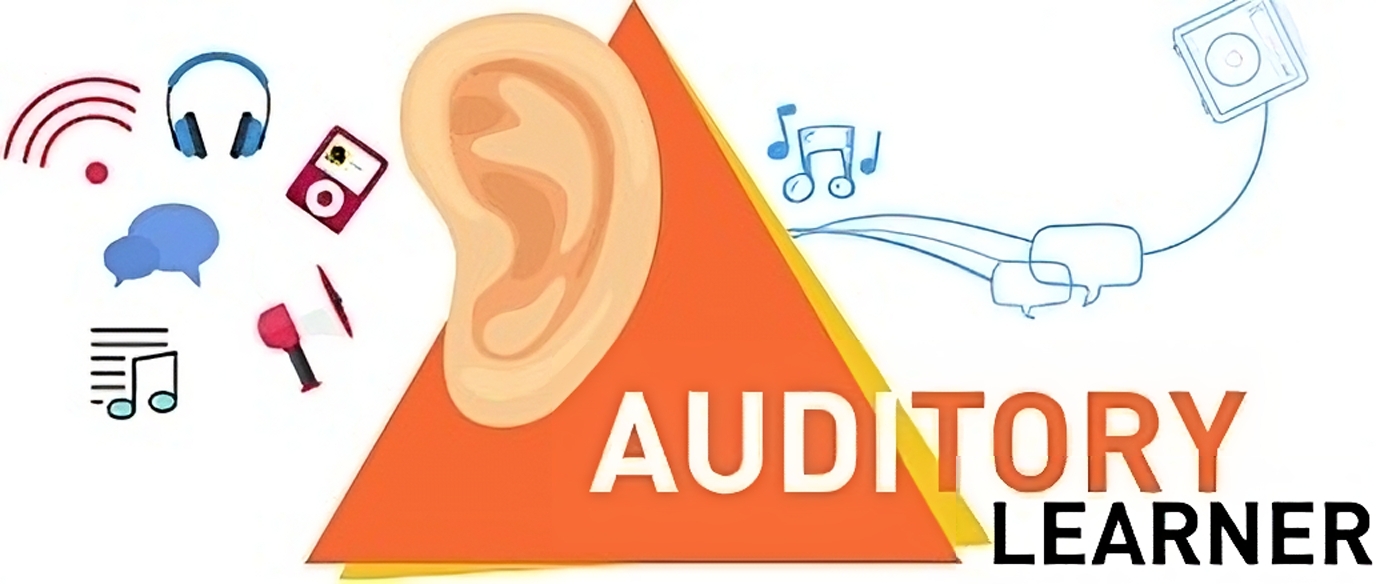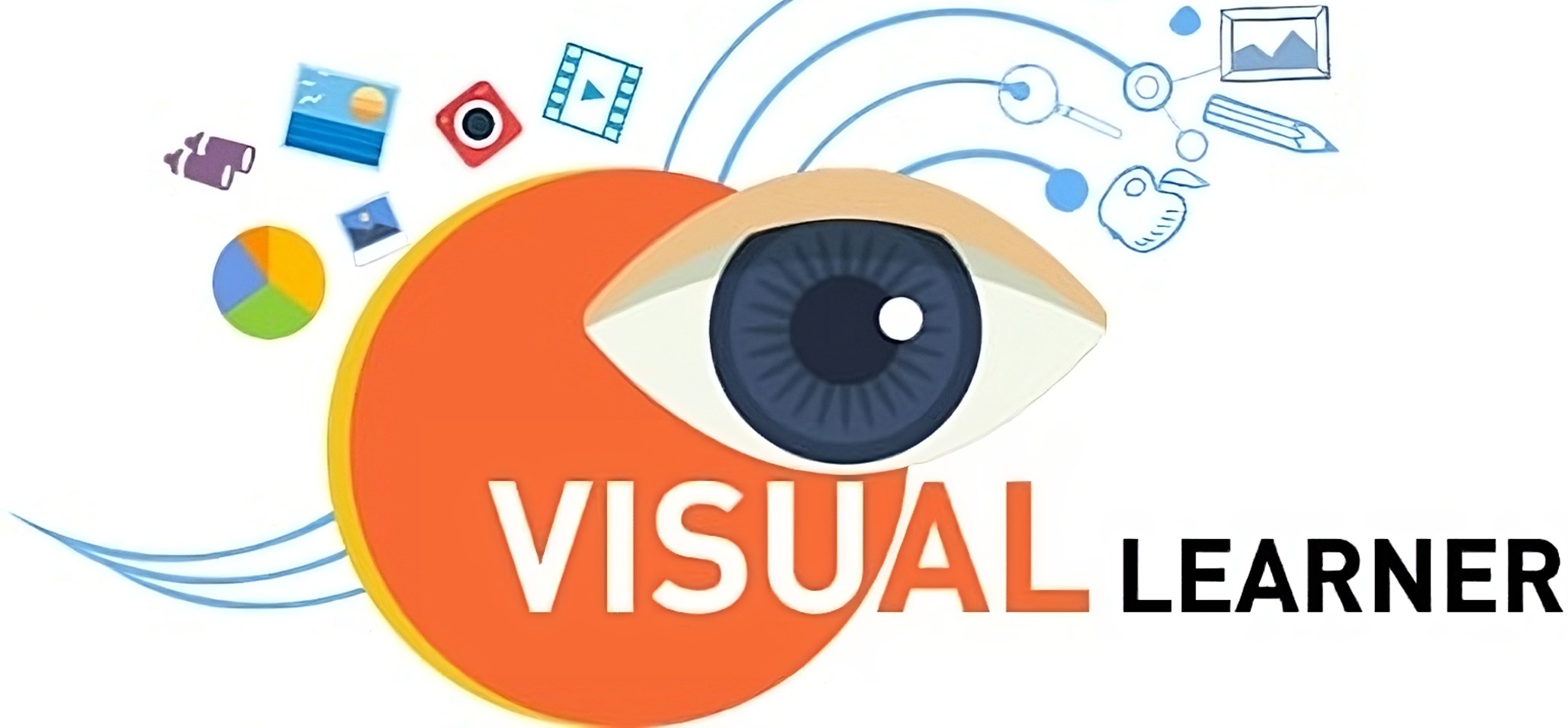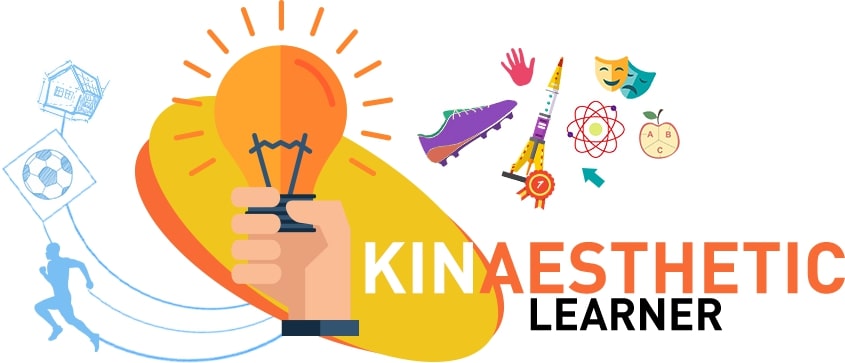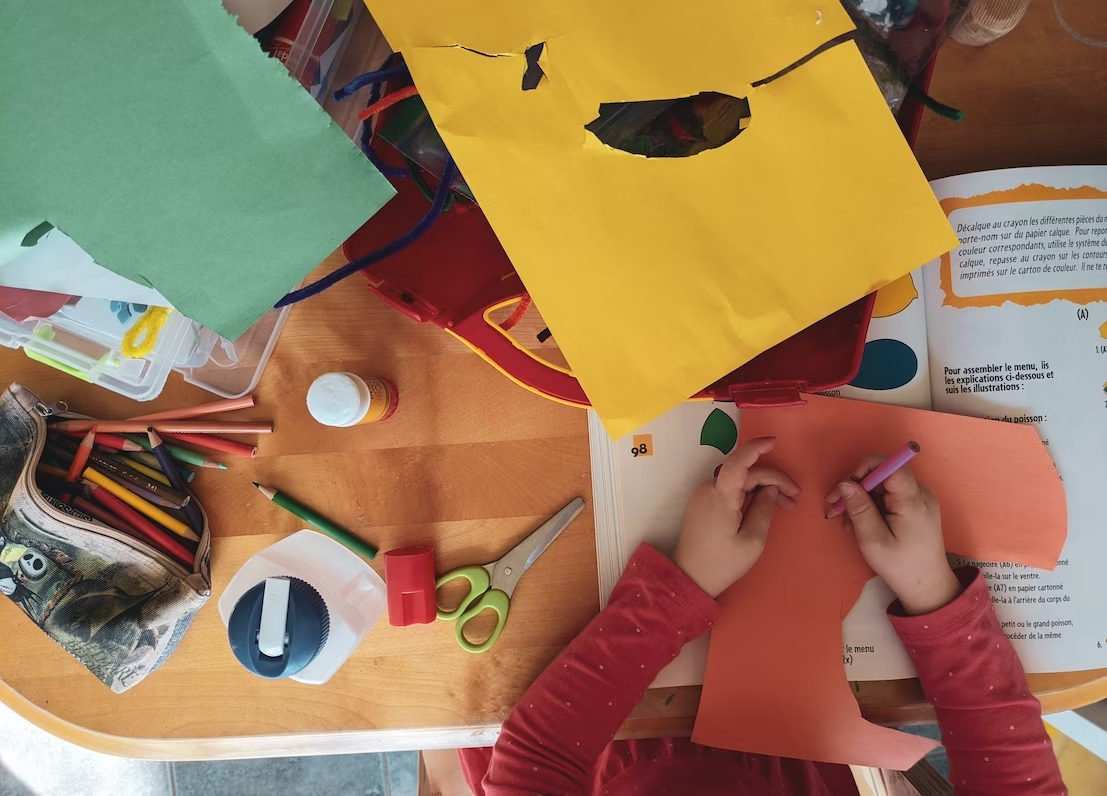Have you noticed that your child is struggling with specific tasks while they’re brilliant with others? Are they struggling to read a single page while they can easily spend two hours watching a documentary? Do they enjoy listening to a book while they hate reading one?
Years of research in various fields have helped us identify different learning styles, which, as the name suggests, represent different types of learning and information retention.
Today, we’ll discuss the four main types of learning styles, their importance for your child’s growth and success, and how you can recognize and support your child’s learning style.
In this article
- Why It’s Essential to Recognize a Kid’s Learning Style?
- Four Main Types of Learning Styles
- Kinesthetic Learning Style
- Auditory Learning Style
- Visual Learning Style
- Reading & Writing Learning Style
- Learning Styles Aren’t Accurate Science
- How to Determine a Child’s Learning Style
- How to Support Your Kid’s Learning Style
Not everyone learns the same way, and we can’t rely on teachers to handle and help each kid individually. Instead, it’s the parent’s job to look into how their child is doing and teach them how to study better, which can be done by recognizing their learning style.
These learning styles are fundamental to how we collect and retain information, and since everyone learns differently, it’s essential to adapt material and lessons to everyone’s needs. That can help teachers and parents identify the child’s strengths and increase their engagement, improving their learning.
Moreover, observing your child’s learning methods, finding their preferences, and adapting your teaching can help them hone their skills and achieve their utmost potential. The child will be eager to learn new things instead of being bored and thinking about anything else.

You might find from three to twelve learning styles depending on who you ask, where you look, and what you search for online. However, the division into four learning styles is the most common one, and that’s why our list, which you can find below, will only mention the four primary learning styles.
The first group of learners we’ll discuss are kinesthetic learners, which essentially use all their senses when learning, including hearing, sight, touch, etc. They love examples as they learn by doing instead of reading, hearing, or seeing.
Asking many questions after a lecture can help kinesthetic learners better understand what they’ve just learned in class, and such learners also enjoy practice exams, which teachers and parents should incorporate.
Kinesthetic learners will likely attend more lab and tutorial classes during high school or academic years instead of lectures, as it involves much more practical than theoretical work, which helps them learn.

Auditory learners learn with their ears and by listening, and such learners can improve their learning skills by reading a book out loud or listening to an audiobook on a specific subject.
It’s best to let them record lectures and allow such learners to listen to them again at home to engage auditory learners. Moreover, discussions after class can also help. They can comprehend much better if they can explain what they’ve just learned to someone else.
Such learners enjoy listening to professors explain and love attending lectures, so they’re often better during academic years than the next group we’ll discuss.
Kids with visual learning styles prefer pictures and videos over reading, while adults prefer diagrams and charts instead of blocks of text. People with such a learning style often remember images instead of words.
Engaging such kids is best done by asking them to take notes while rewriting some words with unique symbols of their choosing. Moreover, such kids will learn better by highlighting their notes in various colors.
Although there’s a lot of visual learning material during the first few grades, people with visual learning styles often struggle in high school and college, as optical components are neglected in higher grades, which makes it challenging to focus.

Children with reading and writing learning styles are often interested in literature and love to read books. Their school essays are often better than other learner types, as they also enjoy writing and can write about anything they’ve read as long as they understand what they’ve read.
That’s why it’s essential to help them understand what they’re reading and use materials that explain new terms. They thrive with quizzes, making them the best way to test their knowledge.
As long as they keep rereading and rewriting their notes, such learners can also thrive during high school and academic years since these lectures are perfect for them.
Knowing these four main learning styles can help you adapt to your child’s learning style and motivate them better, improving their learning skills and increasing their success in school. However, now that you know these four learning styles, there’s something else worth mentioning.
Although we’ve focused on the four main learning styles in this guide, it’s worth noting that, according to various independent researchers, these aren’t the only ways of learning. There might be more ways of processing information on top of the four learning styles, but such information should be taken with a grain of salt.
Additionally, even with the four main learning styles we’ve mentioned, it doesn’t mean your child entirely belongs to just one. Instead, these learning styles can help us better understand the idea of learning and help parents understand how children can function better.
Adapting materials to a child’s learning style can improve their academic skills and help them succeed when learning new things.
However, learning styles aren’t the only thing to pay attention to. Instead, letting your kids explore other areas of life and different aspects of learning is better. That way, they can find a way that works best for them and which they’re comfortable with.
In the meantime, you can work on teaching them discipline when learning and protect them while they’re exploring the world, which you can do with a tremendous parental control app such as Wondershare FamiSafe.

FamiSafe includes features like Screen Time to limit your child’s time on a particular app like YouTube or TikTok. It has filters, safe searches, and even location tools to let you know where your kid is and what they’re doing. The app also gives parents insight into their child’s browser history.
Whether you’re dealing with kids in their early childhood where you’ll need to block specific apps and set time limits for other apps, young teens that’ll require you to set up safe searches and web filters, or older teenagers whose locations you’ll need to know, FamiSafe is the app for you.
The app features various device activities, content and web safety, and location service tools, which are handy for kids of all ages.
Regardless of your child’s age, determining and understanding their visual style will help you, as a parent, motivate your child and give them tasks that fit their needs and improve their skills. It’s never too late to apply the knowledge you’ve gained about learning styles and determine which learning style your child uses primarily.
Moreover, adapting your teaching to their learning style can help your children learn significantly more effectively and allow them to study better. But how do you find their learning style besides surveying or testing them in various categories?

If your child is interested in art or prefers watching a video on a subject instead of reading about it, they’re likely visual learners. Handing them a map and observing how good their sense of direction and orientation is can also tell you whether they’re a visual learner.
Similarly, if your child is interested in music, sings along during car rides, or notices sounds others don’t recognize, they’re likely an auditory learner. Engaging such children in discussions can help confirm they’re primarily auditory learners since these kids will likely enjoy talking and listening.

On the other hand, if you notice that your child is having trouble being in a single spot or starts becoming nervous when they’re sitting down to learn, you might have a kid that’s primarily a kinesthetic learner. Such children are often excellent in hand-eye coordination and use a lot of gestures when talking.
Lastly, there’s also the reading and writing learning style, and you can determine if your child has it by observing their notes and engaging them in conversation about books they’ve read. Such children take a lot of notes in school and love reading books independently, regardless of whether these books are part of their class.
Whether you’re a teacher in a room full of kids with different learning styles, or a parent struggling to determine their child’s learning style, the best course of action is to use multisensory lessons and try different things. That will allow you to focus on the particular approach each child responds well to.

Now that you know the different learning styles and which style includes what, you can influence your child and improve their learning skills by adapting to their way of thinking and learning. That can help them learn more and learn efficiently and can be done in many ways that engage them.
You can take them on walks and discuss what they’ve learned that day. A kinesthetic learner will use a lot of hand gestures while explaining what they’ve learned, and a discussion will help them memorize the material better.
Similarly, asking auditory learners to explain what they’ve learned can be highly beneficial. If your child primarily uses the auditory learning style, they’ll enjoy discussing their school subjects and projects. Alternatively, you can help them by introducing them to audiobooks and providing them with equipment to record their lessons to listen to later.
You can ask a kid with the read-and-write learning style to make a textual presentation of what they’ve learned throughout the week. Such children love lists, and they’ll thrive by working on their notes for the presentation, which will then help them memorize items and increase their learning skills.
Finally, sitting down with a visual learner, finding a captivating documentary, and watching it together can help. You can also ask them to create a plan for their studying or project and advise them to color-code their notes while they study. That’s because such children thrive when using colors, watching videos, or looking at pictures.
Whatever your child’s age and learning style, it’s never too late to help them improve their learning skills, and now that you’ve learned about the four primary learning styles – auditory, visual, kinesthetic, and reading/writing, you can apply this knowledge and adapt it to your child’s needs to help them increase efficiency and learn effectively.
Nevertheless, learning styles aren’t the only thing that can help, and it’s highly advisable to let your child explore other areas of learning and the world in general and try different things that might help them learn better.
However, it’s also essential to protect them on their exploration journey, and you can do so with a parental control app, such as Wondershare FamiSafe, which will give you insight into what they’re doing online and offline.
